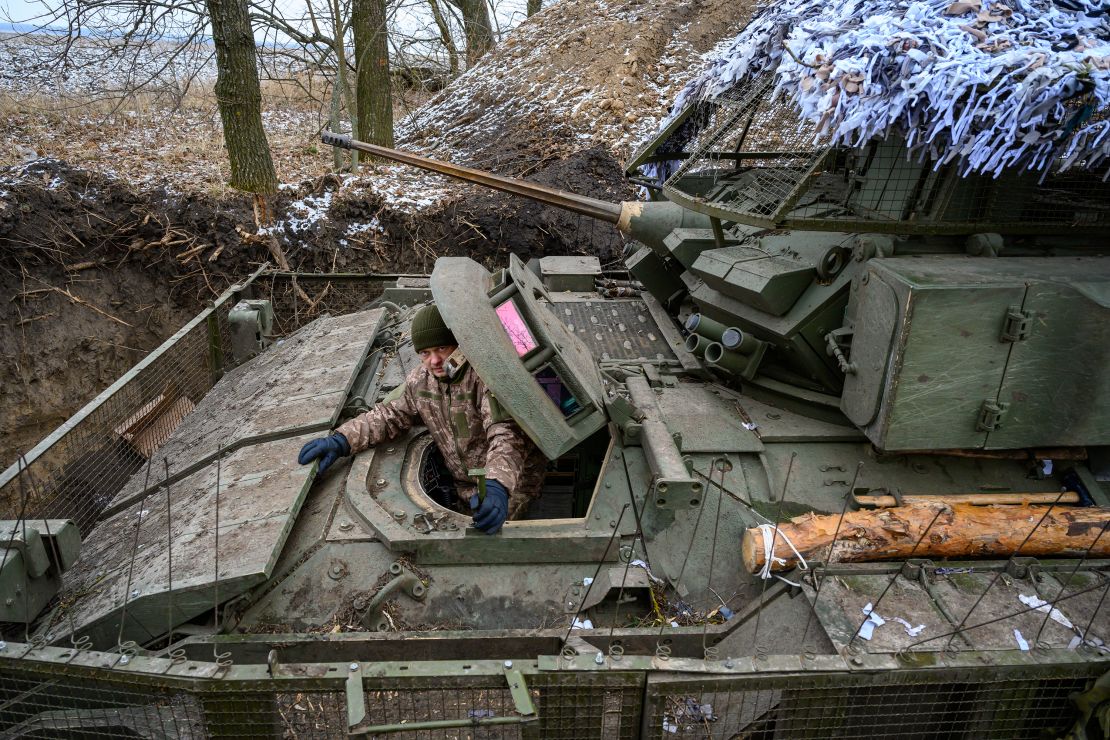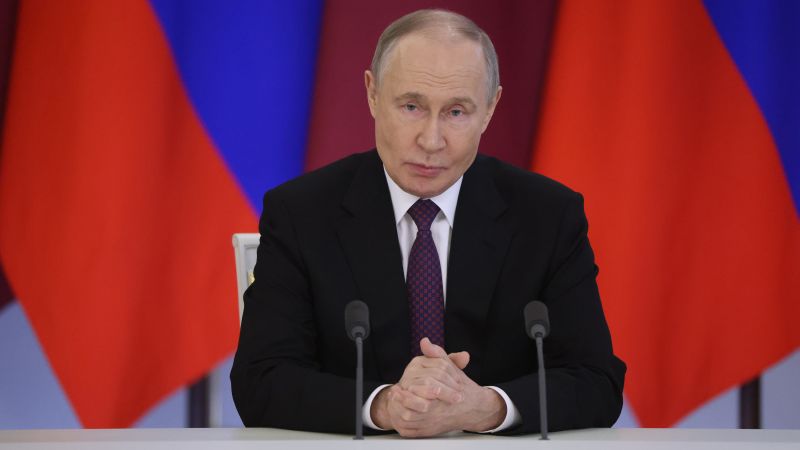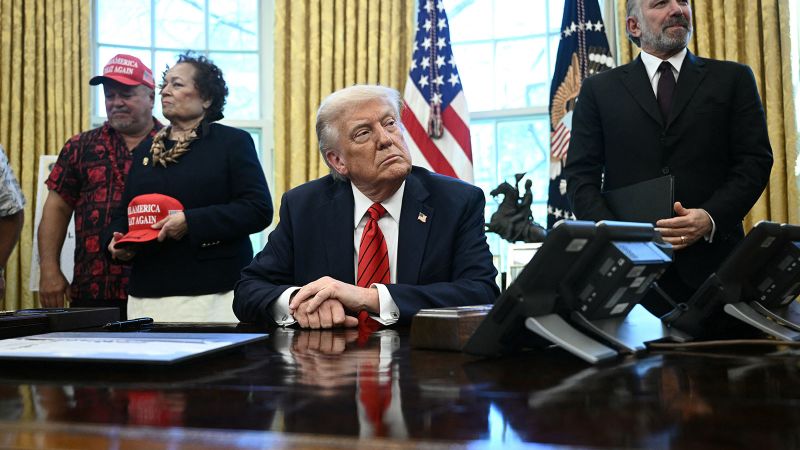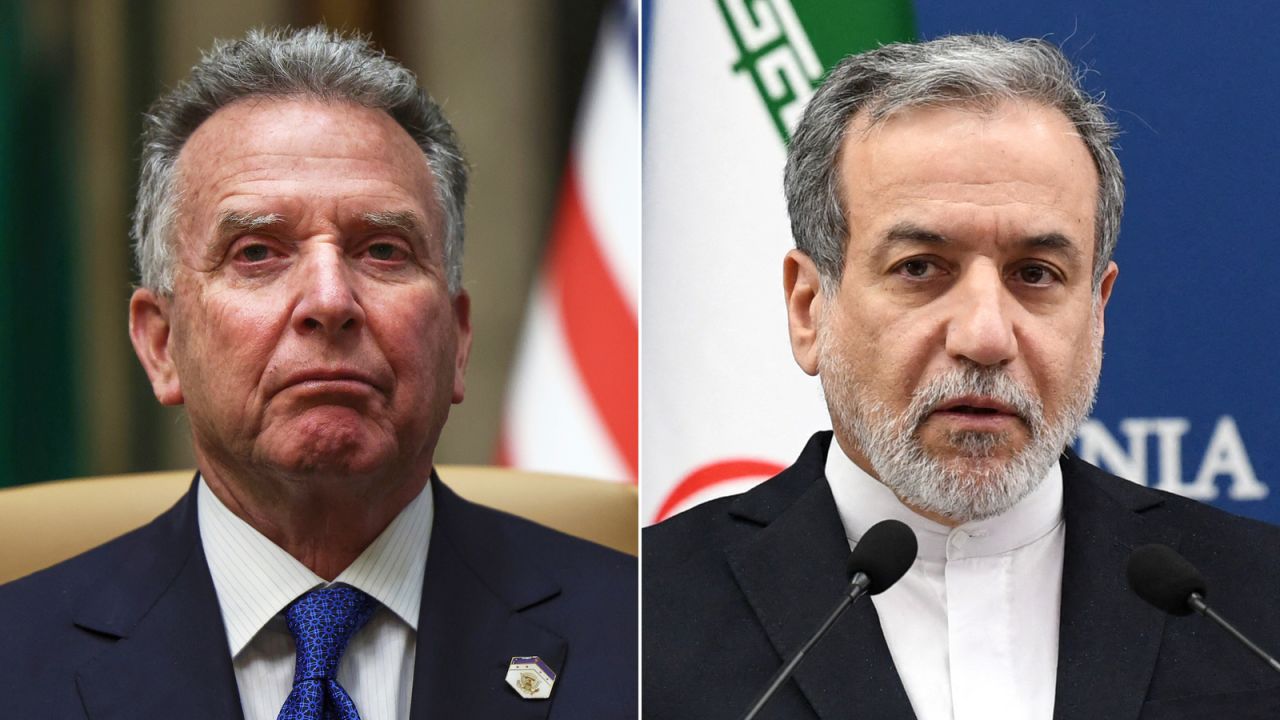CNN
—
Ukraine’s presence in Russia’s Kursk region has deteriorated sharply, with the advance threatening Kyiv’s sole territorial bargaining counter at a crucial time in the war.
Military bloggers from both sides say Ukraine is on the back foot – reports say Russian forces used a gas pipeline to launch a surprise raid in one area. Russia’s defense ministry on Saturday said its forces had captured three more settlements.
Ukraine launched its shock incursion into Kursk in August, swiftly capturing territory in what was the first ground invasion of Russia by a foreign power since World War II.
As well as capturing land that could potentially be swapped for Russian-occupied territory, the campaign aimed to divert Moscow’s resources from the frontline east.
But since then, Ukraine has struggled to hold onto its territory in Kursk and faces a fundamentally transformed diplomatic picture, with US President Donald Trump piling pressure on Kyiv to agree peace by halting military aid and intelligence sharing.
Ukrainian and Russian military bloggers warn Kyiv’s hold on the region is more tenuous than ever, with Russian troops backed by North Korean forces launching incessant attacks.
CNN is unable to independently verify battlefield reports but such bloggers have previously provided an accurate account of the fighting.

The latest reports suggest Russia is targeting Sudzha, a town on the border, in an attempt to cut off a key logistical supply route to Ukraine’s forces.
Yuriy Butusov, a Ukrainian military blogger, said Russian forces had on Saturday entered Sudzha through a gas pipeline.
“The Russians used a gas pipeline to deploy an assault company undetected by drones and wedged themselves into our combat formations,” Butusov wrote. He added that the pipeline was now under reinforced surveillance and that Moscow’s troops there were being “eliminated.”
However, Butusov warned that Russian and North Korean troops in Kursk region are at a “significant advantage in strength” and are “attacking continuously.”
Some 12,000 North Korean troops have been deployed to Kursk, and their arrival has bolstered Russia’s offensive operations inside its own borders. Should Russia retake all of Kursk it could potentially pour its manpower into eastern Ukraine.
“It’s hard, but we’re working,” one Ukrainian serviceman told CNN. “The Koreans keep coming.”
An unofficial Russian military blogger gave a similar account in the town of Sudzha, claiming that around 100 Russian soldiers had infiltrated the settlement after sneaking in via the pipeline – a move which he said was made possible after Kyiv shut off Russian gas supplies to the European Union via Ukraine on January 1.
Russian forces are attacking Sudzha from several directions, according to Yuriy Kotenok, a Russian military blogger.
“Any movements of the enemy in this area are detected by our drones and the enemy’s personnel and equipment are being struck,” he wrote on Telegram.
Kotenok also claimed that there is “information” that Ukraine is going to withdraw from the Kursk region, “based on the current situation.”
Sternenko, a Ukrainian blogger, said the logistics situation was “already critical.”
Another difficulty was the “poor conditions of the roads,” Sternenko said. With spring bringing warmer temperatures, the ground will thaw, making roads muddier and even harder to traverse, he said. “All these circumstances are very favorable to the Russians,” he added.
Kyiv’s fear is that Russia’s gains could cut off supplies to Ukrainian troops in Kursk. In a major report last month, the Institute for the Study of War, a US-based conflict monitor, estimated that Ukraine has at most 30,000 troops stationed in the region.
The Kursk incursion was embarrassing for Moscow and raised questions over its ability to protect its own borders. Russian President Vladimir Putin has since repeatedly pledged his forces would regain full control of the region.
Kyiv has since lost about half of the territory it once occupied in Kursk.
In the face of Russia’s gains, some Ukrainian bloggers have suggested that the Kursk incursion may have exhausted its strategic value.
“I didn’t think I would ever say this. But maybe it’s time to ‘close the shop’ from the Kursk direction. It’s hard for our guys there,” said Serhii Flesh. “As a diversion of enemy resources, I think this operation has long since justified itself. As a political bargaining card, it is now questionable.”
























